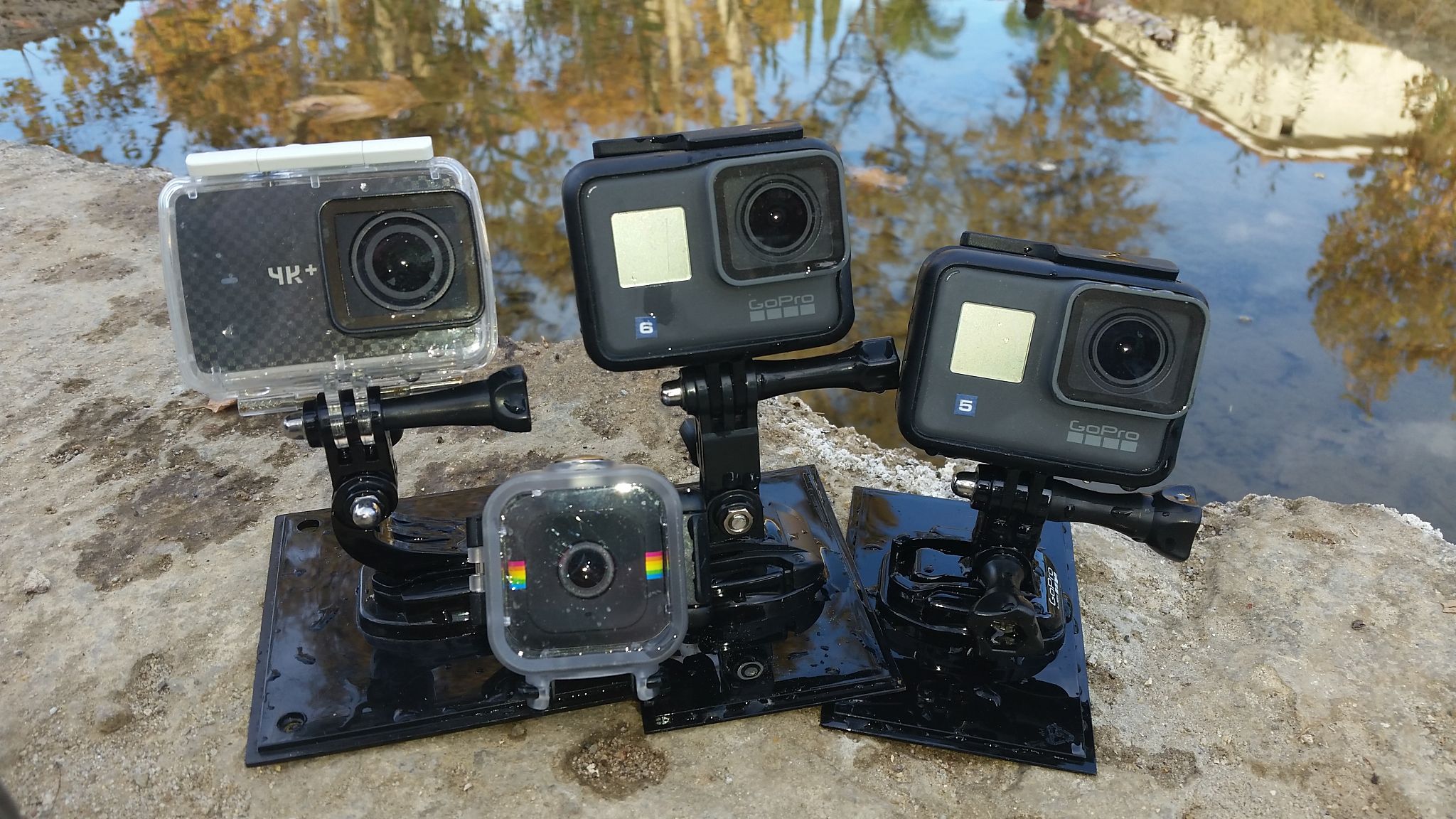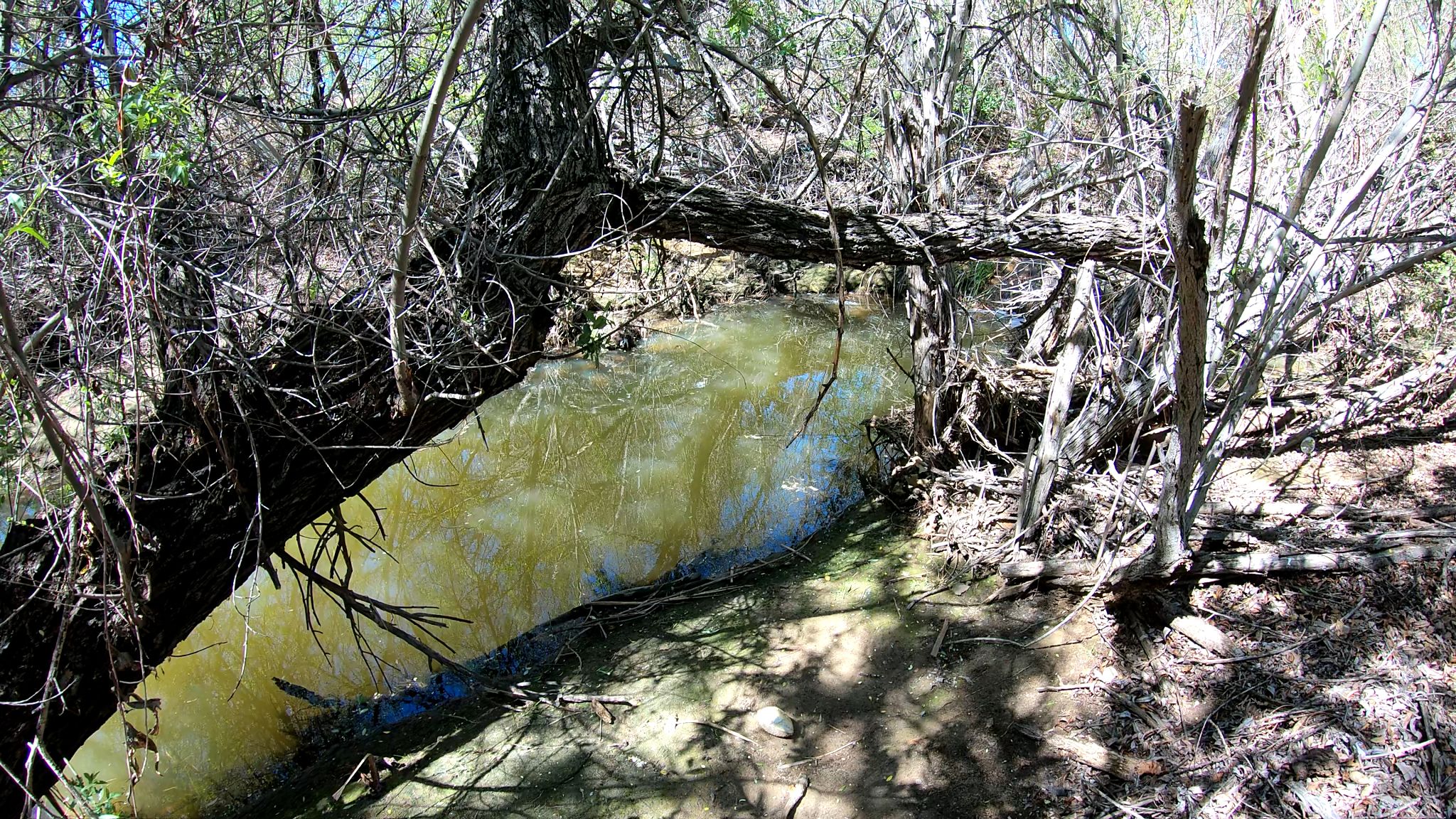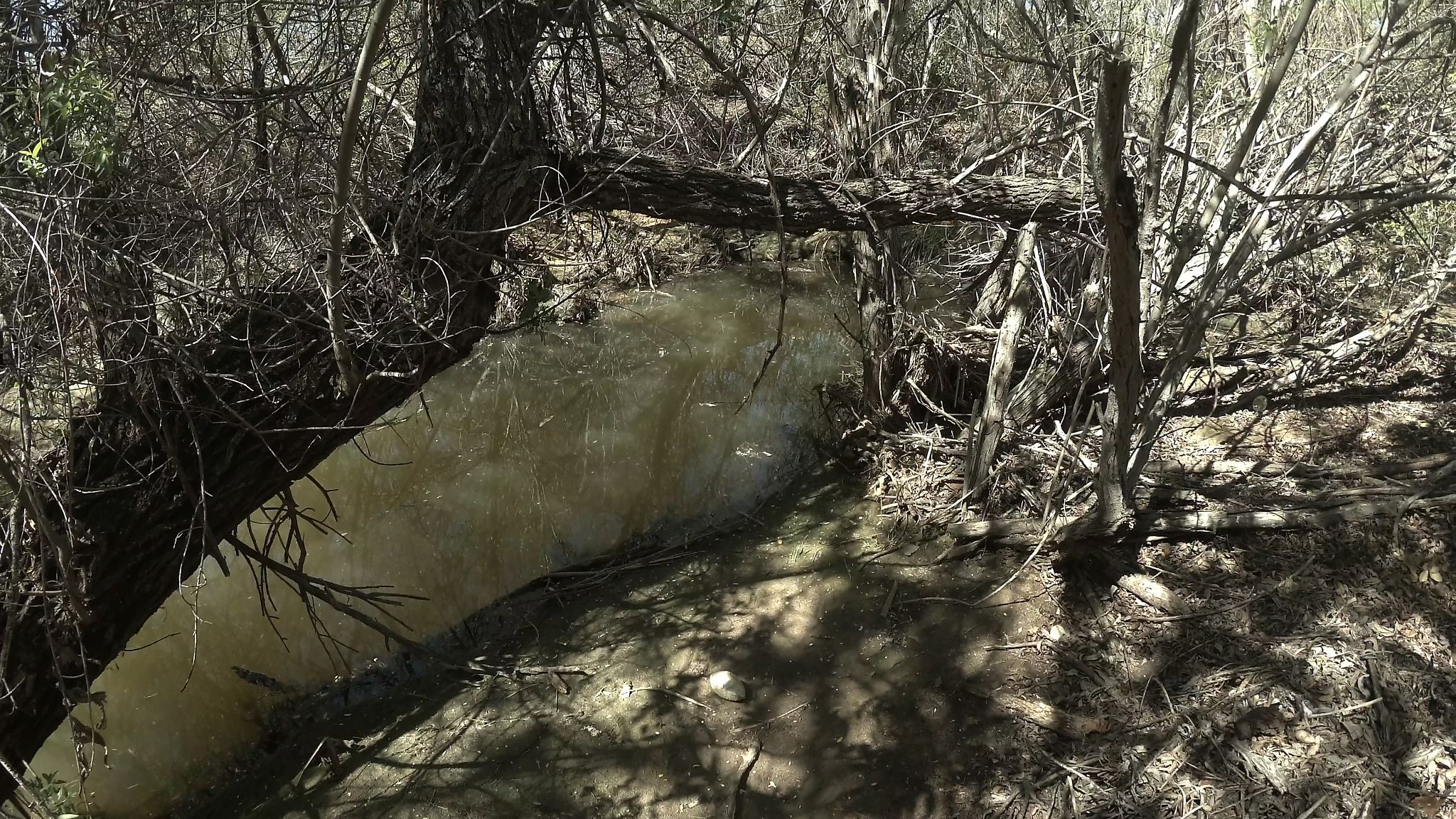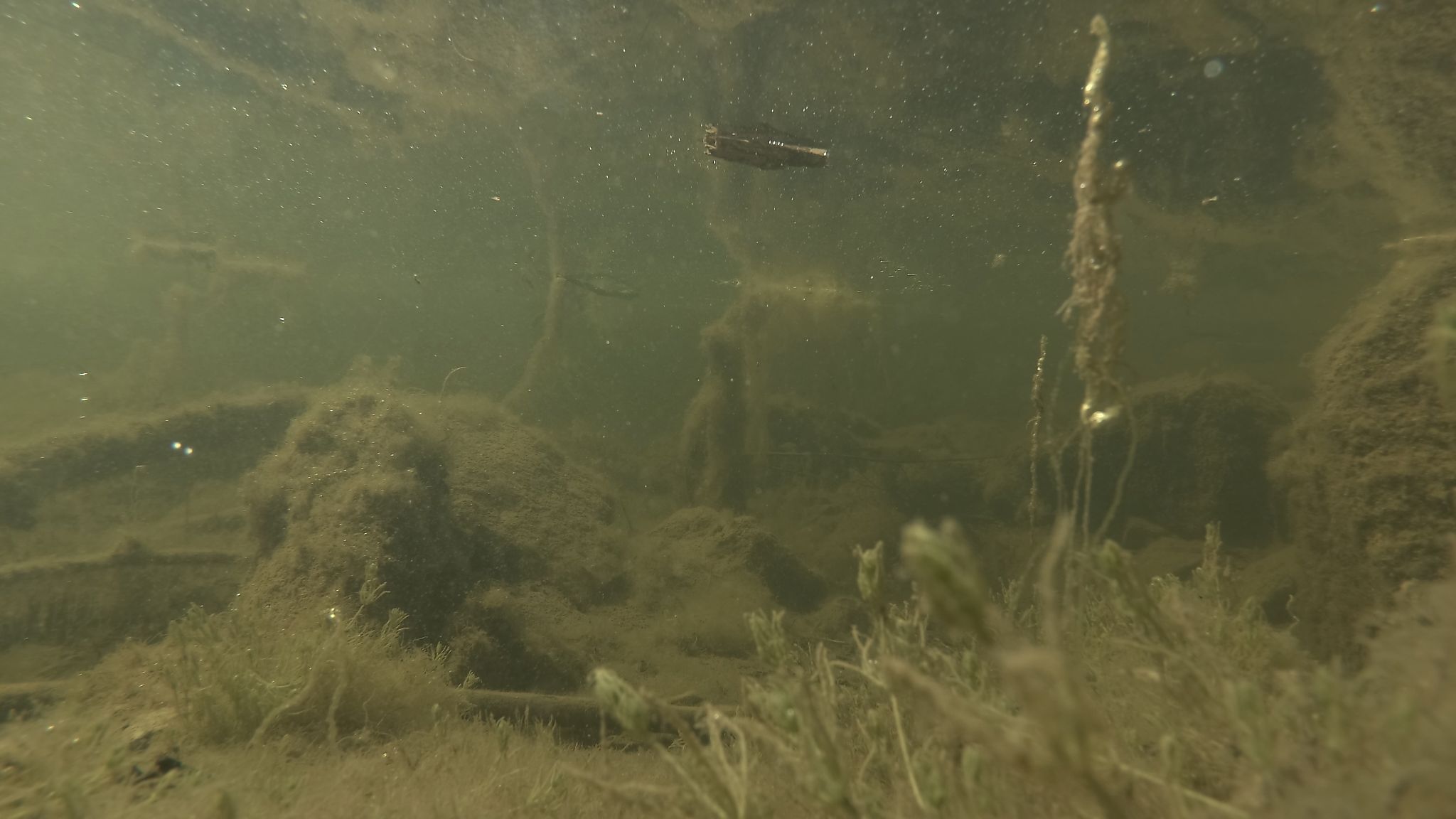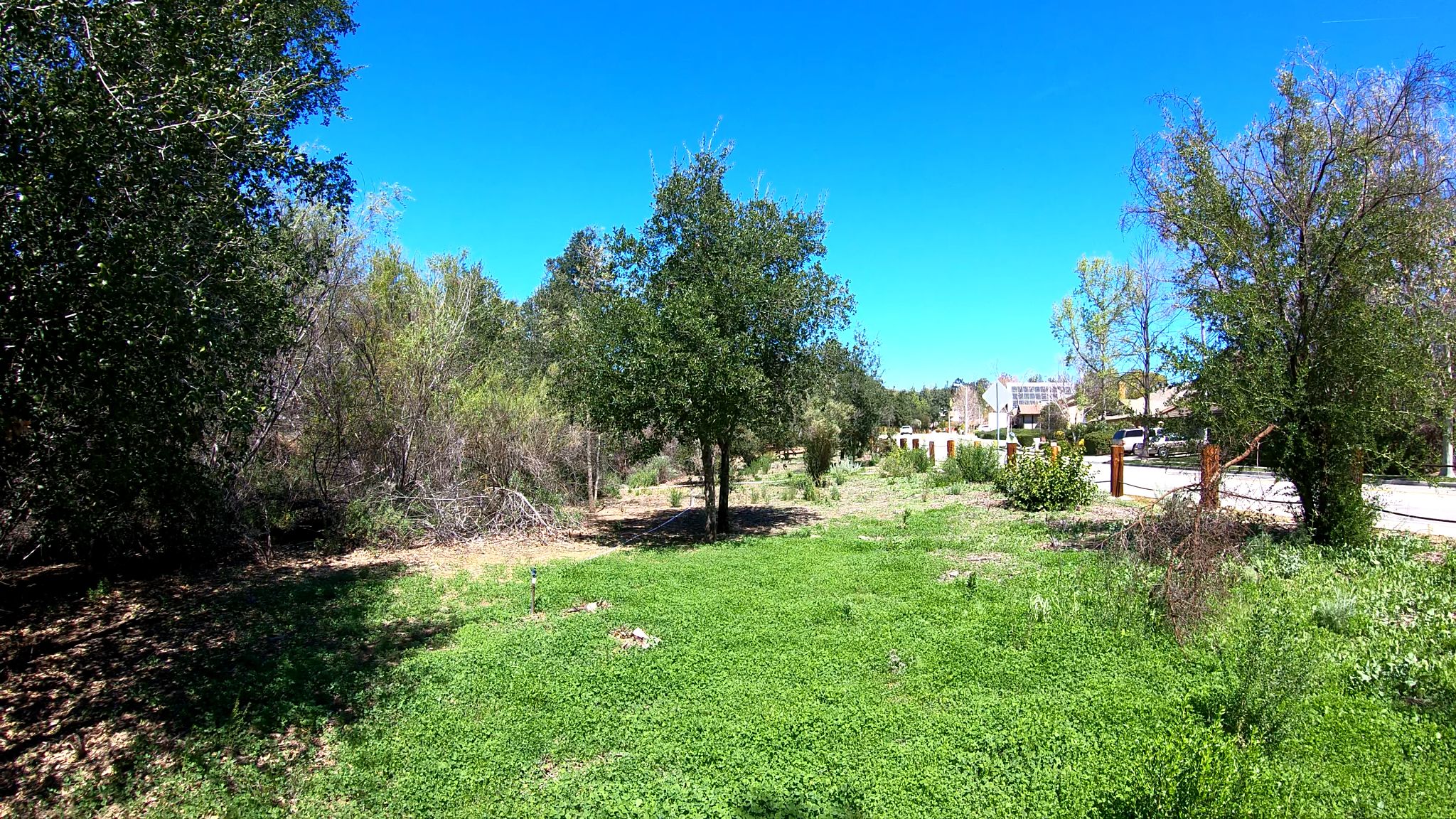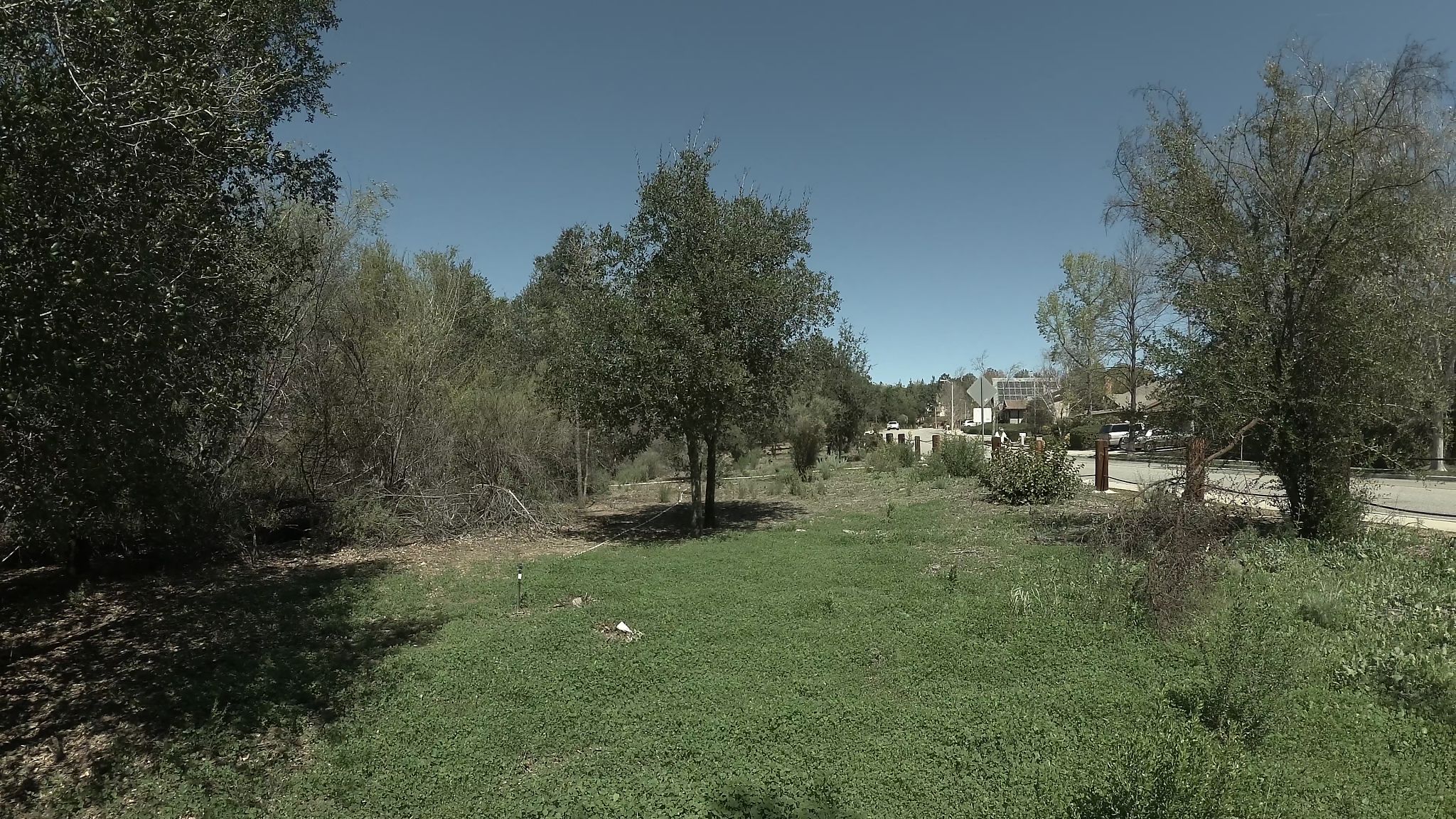Unless you have been living under a rock the last six to seven years, you will have noticed that small action cams have become more and more prevalent in the production industry. No longer do you need to use special rigging to put heavy full-size cameras on cars or rent full-size helicopters, as you can now mount these cameras on inexpensive drones. GoPro is generally the first brand of camera one thinks about in this class of cameras — much like the way people ask for a xerox when needing a document copied or kleenex when needing a tissue. While all three brands are leaders in their product realm, they are not the only ones in the game. Everyone in production can find a use for them, as can everyone else.
I was going on an action-packed vacation to Israel that was to include snorkeling in Eilat, river-rafting in Kfar Bloom (the Jordan River), paragliding over Zichron Yaakov, hiking in a river, exploring caves, and taking an underground tour of the City of David (also in water). If this wasn’t a vacation to test action cams, I thought, there was no such vacation.
I reached out to a number of action cam companies offering products suiting different budgets but only a few — Polaroid, Yi, and GoPro — responded and sent cameras in time.
While reviewing the GoPro Hero 4 Black a couple years back, I mounted it on my kids’ RC cars, put them in ponds and creeks to record underwater creatures, and had all sorts of fun. Naturally, the kids kept wanting to borrow daddy’s GoPro. Not wanting to leave a $400 camera in the hands of a 10-year-old, I purchased a $17 Vivitar action cam that looks like a GoPro and records a maximum resolution of 720 30p, takes 5 megapixel stills, has a view screen, and comes with an underwater housing and lots of different mounts. I took it out for a test spin and found this well-equipped, $17 camera … really sucked. The image was noisy and oversaturated — not good at all for pro use, unless you were going for a retro VHS or “found footage” look. Needless to say, I didn’t bother to include the Vivitar in my comparison. (It is great for keeping my kids away from the GoPro, though.)
Shortly before the trip, I saw a Pro HT/Inland 4K 30p camera for sale at my favorite store, Fry’s Electronics, for $47. I picked that one up but found that, even in the noon sun, the picture was too noisy to my liking. I didn’t have time to play around with it to see if it could be tweaked, so the Pro HT stayed home also.
So the three action cams that actually did make the trip with me were the GoPro Hero 5 Black, the YI 4K+ and the Polaroid Cube +. My main video and still camera for the trip was the Canon XC10 (which I reviewed here). The action cams were going to go where it couldn’t.

GoPro Hero 5 Black
The GoPro Hero 5 Black was released in September 2016. Like the Hero 4 Black, it is capable of 4K 30p and 1080 up to 120p, with a 12 megapixel sensor. Unlike the Hero 4, the Hero 5 has a built-in touchscreen and is waterproof out of the box down to 10 m (30 ft). It’s compatible with dozens of GoPro accessories and has a great app for smartphones — and that’s important, because I found some settings are only adjustable via the app.
The Yi 4K+ has similar recording specs and is similar in size to the Hero 5 Black, but records 4K at an impressive 60p, topping the Hero 5 (not to mention the Canon XC10).

Yi 4K+
The Yi is not waterproof and requires an optional waterproof case. As a matter of fact, the Yi doesn’t include much in the way of accessories. All you get in the box are the camera, battery and USB-C charge cable. If you have GoPro gear, the mounts are compatible. If you are recording 4K 60p, you will need large capacity, high speed microSD cards. Lexar 64 GB 1000x speed cards work well. (The Yi-approved 128GB x633 speed card worked for a while on a test shoot, then gave me a speed warning.)
The Polaroid Cube+ is more similar to GoPro’s newer “Session” models. It tops out at 2.5K 30p and offers more common HD resolutions at up to 60p. The Polaroid has an internal battery that cannot be removed from its 1.25-inch rubberized body, and there is no view screen. If you want to see what you are shooting, or view stored footage, you need to download the Android or iOS app. The bottom of the Cube+ has a very strong magnet for attaching to objects like a car hood or bumper. The top has two buttons and a LED indicator light. The large button controls start/stop and mode change functions. The smaller button turns Wi-Fi control off and on.

Polaroid Cube+
The back has a tight plastic door to access the microSD card slot and micro USB 2 port for charging and data transfer. Standard equipment includes a rubber skin (making the camera splash-proof but not submersible) connected to a carabiner, a micro USB 2.0 cable and an 8 GB micro SD card to get started out of the box. If you want to completely submerge the Cube+, you will need to order a waterproof case for $29.99. More about the waterproof case later.
When I develop these articles, much like real-life shoots, I plan them carefully, and then reality sets in later. My first shoot was for a real-estate investment company that needed to document the refurbishment of a historic building. I used the Yi on a FeiyuTech gimbal and the GoPro on a Steadicam Smoothie. I wanted to try and work with the Cube+, too, but it was just too awkward to mount it on something and then consult the app to see what I was shooting. That meant the Cube+ sat out a lot of this shoot. Instead, depending on the shot, I shot either 4K 60p with the Yi or 4K 30p on the GoPro for re-framing in post, or 1080 60p for fluid motion.
Our first adventure was what I thought was going to be a leisurely walk along a river, suggested by the matriarch of the family. No, this was not a stroll by a river. It was a hike through running water that varied in depth from your ankles to above your head, with thorn bushes on either side. Most of it involved trying to walk on very slippery river rocks in knee-deep water without slipping and breaking a body part. (Most people in our expedition nearly did several times.) While we got banged up and bruised, the Yi 4K+ and Hero 5 made it through hours of getting soaked and slammed into rocks. My brother-in-law mounted the Hero 5 on a selfie-stick and I took the Yi 4K+ on a GoPro floating handle. The still and video shots from both cameras were both great. There was very little time to set up shots since, well, we were in a river and falling down most of the time. But it was a good, wet work-out that proved the cameras could survive abuse.
The next shoot was my nephew’s bar-mitzvah. I wouldn’t attempt to do it with any action cam alone, so I took a Canon XC10 from the StudioDaily test fleet to use as the main camera. My brother-in-law held the GoPro so my sister-in-law could get an up-close view using their app from the women’s section. In the end, I didn’t wind up using much of the action cam footage on this shoot and went instead with the great XC10 footage.
Later that day we went to Eilat, a resort city in the farthest point south in Israel, on the Red Sea coast. It is known for snorkeling and scuba diving, around a reef where the colorful fish come right up to you (and some small ones bite). The footage from the Yi and GoPro shooting underwater footage was great. The Yi required an underwater housing, but the GoPro doesn’t for a depth of 10 feet. We did go lower in one dive with the GoPro in a special housing rated for greater depth. Unfortunately, there was a very small leak. It didn’t cause any damage, but it did fog the lens, making some footage unusable. Due to the high humidity of the area, the only way we were able to defog it was take the outer lens off and leave it in an air-conditioned room for a number of hours. GoPro suggested getting some of their anti-fogging strips for future dives. We weren’t able to get any in Eilat, so we just went back to using the GoPro without its enclosure at shallower depths.
The Yi didn’t have any fogging problems, but on the first few shoots I found reds, oranges and pinks very oversaturated. In the menu on the Yi, you will find an item called “Yi Color.” Turn it off! Doing that made all the difference. Do this before you shoot anything. I see no reason to ever have it on.
The only “real” client shoot that I used the action cameras for was a promo music video for an a cappella group that wanted it all to take place in an SUV with three rows of seating. I put the Yi 4K+ on the driver, the GoPro Hero 6 on the front passenger, the GoPro Hero 5 on the back row, and the Hero 4 Black on the middle row. All of those cameras were set to 4K 30p, per the client’s request. We intended to use two Polaroid Cube+ cameras for external shots, connected via their internal magnet to the car’s hood. Unfortunately for some reason, even though they were charged for over a day, they were dead when I went to use them. (Another hindrance was that Honda Pilots’ hoods are not metal. I thought that was only Corvettes.)
The results were pretty much what I was expecting. I kept the Yi in its standard color mode to prevent oversaturation of reds and oranges. With the Yi, be aware that while the image on the LCD screen can auto-rotate when you hang the camera upside-down, the recorded image doesn’t compensate. If you hang the camera upside-down, it will record that way, and you will need to flip the image in post. One advantage for the Yi was the sound quality. Except for some shots where there was loud music, the client said the Yi audio quality was better than two dedicated audio recorders located in the vehicle — it sounded like the driver had a decent quality lav on. The GoPro audio didn’t come close. Perhaps the GoPros’ waterproofing means there is a layer of protection over the mic that muffles sound. The Yi battery lasted close to 3 hours, which was a good thing as one of my two Yi batteries got lost. The Yi will record a file until stopped.
The GoPro 6 and 5 auto-rotate both the screen and the recorded image, so there is no need to flip in post. However, the GoPros were both power hungry. When I recorded in 1080p, the batteries lasted for two or more hours of off-and-on shooting. When shooting 4K, battery life is halved. That had me shuffling batteries between cameras and chargers for the last couple hours of the shoot. For some, I used the kind of external batteries often used for giving cell phones a boost, as well as something called a GoPuck that I picked up at NAB 2016 that was created to power GoPros for an entire NASCAR race. It also works great on cell phones! If you have the GoPros mounted in the “skeleton case,” which allows for mounting via suction cup mount, you can’t leave the door open, so you must carefully remove the side access door. Don’t lose it! Getting it back on was a challenge, probably also due partly to the camera’s waterproof characteristics. I wasn’t the editor on the project, but the client was happy and was able to match the footage.
For one final test, I took the Yi 4K+ and the Hero 6 on a walk, held side by side, twice. On the first excursion, the GoPro 6 was set to the “GoPro” color mode (the default) in the ProTune menu, and with that setting, the greens were way oversaturated. (I didn’t notice it before because I vacation and live in a desert without much greenery. Once Southern California received some much-needed rain, there was green all over.) I re-did my walking test with the ProTune color setting set to “flat” and with both cameras set to auto iris (with a maximum of 1600 ISO) and auto white balance. The ungraded results were a bit better, but the GoPro still seemed a little oversaturated, and with a lot more contrast than I like. The GoPro also loses detail in the highlights. The ungraded output from the Yi 4K+ was undersaturated, but it had a much more natural, filmic look to it.
While I don’t normally recommend using auto settings on cameras, if your action cams are positioned in relatively inaccessible positions, you will find yourself relying on their auto functions quite a bit. These differences may be important if you hope to use more or less ungraded footage straight out of either camera without much tweaking of the image.
Bottom line: If you use these cameras together, and want a more video look, you can match the Yi to the GoPro. If you want more of a film look, you can match the GoPro to the Yi.
After playing with these cameras for several months, here are my basic findings on each.
Camera: Polaroid Cube+
Overall Rating: OK
What’s Hot: Small size, built in magnet makes for easy attaching to steel surfaces, shotglass mount, among other interesting optional mounts, includes 8 GB card
What’s Not: Wi-Fi picture has ½ second lag that can be a problem if you are using it to steer a drone, you need the app on a phone to set shots, built in battery can’t be removed, gets very hot, battery can mysteriously run down when not in use.
What It Costs: $99
Camera: GoPro Hero 5 Black
Overall Rating: Solid
What’s Hot: Touch screen, Waterproof 10 meters w/o housing
What’s Not: Opening the battery door is difficult, sound quality
What It Costs: $299
Camera: GoPro Hero 6 Black
Overall Rating: Sweet
What’s Hot: Picture quality, touch screen, Waterproof 10 meters w/o housing, 4K 60p, nice underwater picture.
What’s Not: Opening the battery door is difficult, sound quality
What It Costs: $399
Camera: Yi 4K+
Overall Rating: Sweet
What’s Hot: Picture quality, touch screen, 4K 60p, sound quality, no file size restrictions
What’s Not: View screen near impossible to see in sunlight
What It Costs: $340
Not surprisingly, you get what you pay for. The two highest-priced cameras, the Yi 4K+ and the GoPro Hero 6, are the two best. Both use the same Sony Exmor sensor. If you need to see what you are doing in direct sunlight, or underwater, the Hero 6 is the way to go. If you need to shoot things indoors, or where you don’t need the viewscreen, and want good audio, the Yi 4K+ will give you beautiful 4K 60p video and save you some money. If you want a more filmic look, I think the Yi 4K+ may have an upper hand. Underwater, though, the Hero 6 had a better picture than the Yi 4K+.
The Hero 5 was followed by the Hero 6 so quickly that many colleagues theorized that the Hero 5 was rushed to market before it was ready and the Hero 6 was the “apology,” since many liked the footage from the Hero 4 Black better than the Hero 5 footage. That said, the Hero 4 Black is still available new for around $240.
The Polaroid Cube+ has fairly decent video quality. The magnet held it to the hood of my car at 50 mph. Without the app, I was finding myself constantly guessing if I was taking video or stills. In the underwater housing, forget it — you can’t tell what is happening. You need to use the app to get it going on shore, and then let it run until you get out. It’s not going to be my first choice for most shots, but sticking it to car bumpers, fenders, hoods, etc. can get you some really cool shots. Not bad for the least expensive camera of the bunch.
In conclusion, the Yi 4K+ may be more difficult to use outdoors because of its LCD, and it has a less vibrant picture — but it seems more detailed than the GoPro 6, which lost a lot of detail in the highlights that I couldn’t bring back in post-production. For underwater shots, the Hero 6 gives you better picture and usability. There are many pros and cons to both of the top performers. You need to choose according to the job and your preferences. You may even choose to use one for its pros, and the other for its pros.
Did you enjoy this article? Sign up to receive the StudioDaily Fix eletter containing the latest stories, including news, videos, interviews, reviews and more.
